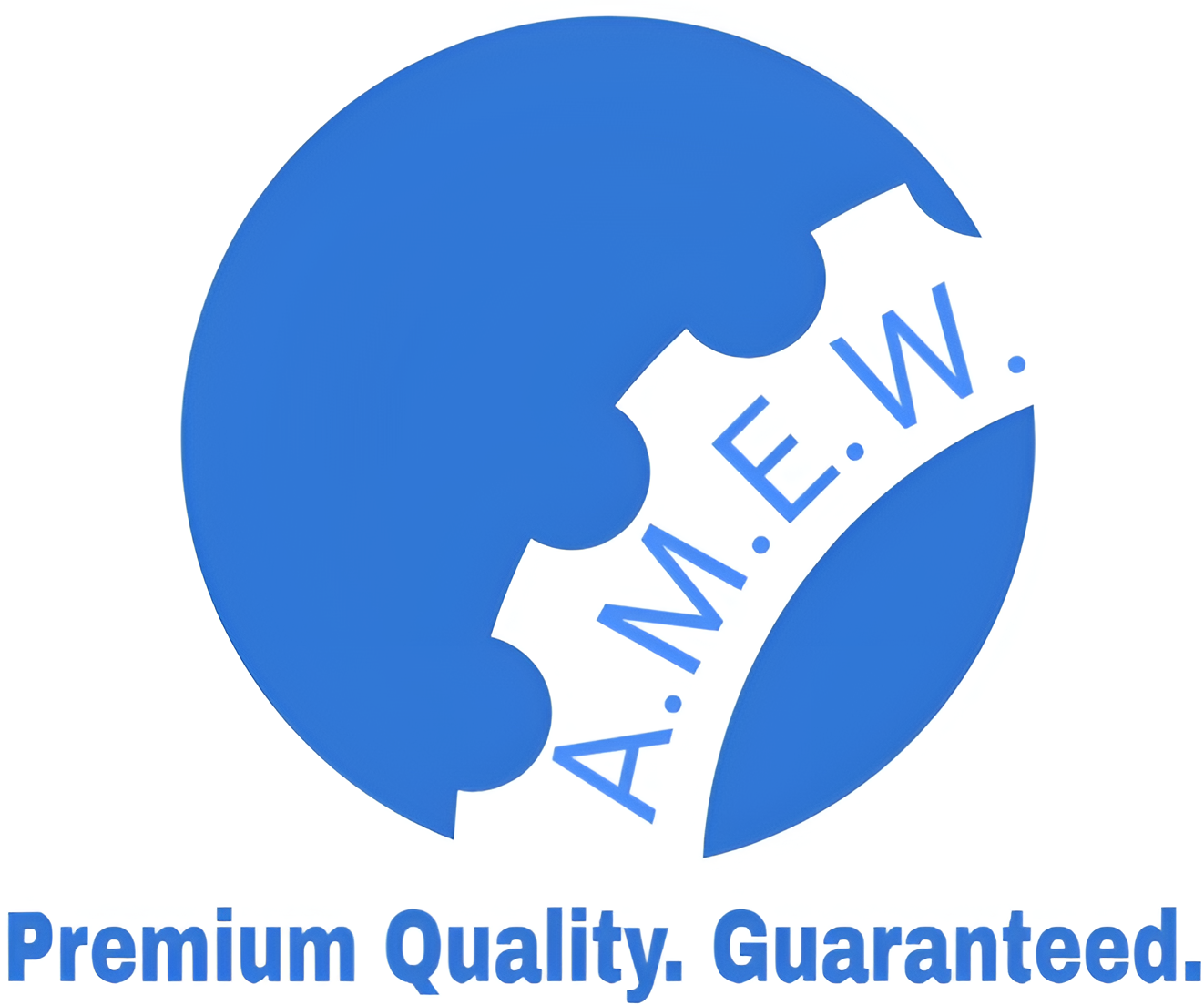Understanding Pipe Steel in Construction and Manufacturing
Pipe steel is a critical material in modern construction, engineering, and manufacturing. Its strength, durability, and versatility have made it an indispensable resource in various industries. But what makes pipe steel such a popular choice? Which types and manufacturing processes are most commonly used? And how does this seemingly ordinary material play a role in shaping our everyday lives?
This blog answers these questions by exploring the fundamentals of pipe steel, its types, manufacturing methods, industry applications, and the innovations shaping its future. Whether you’re a contractor, engineer, or curious enthusiast, read on to learn everything you need to know about pipe steel.
Introduction to Pipe Steel
Pipe steel refers to steel materials that are fabricated into cylindrical shapes (pipes) for use in structural and transportation applications. These pipes are valued not only for their mechanical properties but also for their ability to withstand various environmental conditions such as high pressures, extreme temperatures, and corrosive environments.
Whether used to transport liquids, gases, or solids, or to reinforce structures, pipe steel is the backbone of numerous industries worldwide.
Types of Pipe Steel
Not all pipe steel is created equal. Depending on the composition and properties of the material, there are three main categories of pipe steel:
Carbon Steel
Carbon steel is one of the most widely used types of pipe steel and consists mainly of iron and carbon. It is known for its strength, affordability, and versatility. Typical applications include water and gas pipelines, structural support, and industrial machinery.
Key Features of Carbon Steel Pipes:
- High strength
- Low cost
- Susceptible to corrosion if not coated or galvanized
Alloy Steel
Alloy steel includes additional elements such as manganese, chromium, molybdenum, and nickel, which enhance the material’s mechanical properties. These pipes are ideal for high-stress environments, such as power plants and chemical processing industries.
Key Features of Alloy Steel Pipes:
- Higher strength and toughness compared to carbon steel
- Heat resistance
- Suitable for harsh environments
Stainless Steel
Stainless steel pipe is composed of iron, chromium, and sometimes nickel, creating a corrosion-resistant alloy. This type of pipe is often used in industries that require hygienic and durable materials, such as food processing and pharmaceuticals.
Key Features of Stainless Steel Pipes:
- Excellent corrosion resistance
- Aesthetic appeal
- Higher cost compared to carbon and alloy steel
Each type serves unique applications, and the choice depends on the project requirements and operating conditions.
Manufacturing Processes
The manufacturing process of pipe steel plays a vital role in determining its quality and strength. The two primary methods used are seamless and welded manufacturing:
Seamless Pipes
Seamless pipes are made from a solid cylindrical billet that is heated and stretched over a mandrel to form a hollow cylinder. These pipes are favored for their uniform strength and resistance to high pressure.
Benefits of Seamless Pipes:
- No weld seams, ensuring strength and uniformity
- Ideal for high-pressure applications
Welded Pipes
Welded pipes are created by rolling a flat steel sheet into a cylindrical shape and welding the edges together. Although less expensive than seamless pipes, welded pipes are equally efficient for many applications.
Benefits of Welded Pipes:
- Cost-effective manufacturing
- Available in larger diameters than seamless pipes
Applications in Various Industries
Pipe steel is far-reaching in its applications. Here’s a glimpse into the industries that rely on it daily:
- Oil and Gas
Used extensively for drilling, transportation, and distribution of oil and gas resources.
- Construction
Structural pipe steel supports buildings, bridges, and other large infrastructure.
- Automotive
High-strength pipes are used in exhaust systems and hydraulic systems.
- Power Generation
Alloy pipes tolerate high heat and pressure in power plants.
- Water Supply and Sewage
Essential for large-scale piping of water and waste in municipal systems.
From skyscrapers to subways, pipe steel makes modern life possible.
Advantages and Disadvantages
Advantages of Pipe Steel:
- High durability and strength
- Versatility across industries
- Recyclable, making it an environmentally friendly choice
Disadvantages of Pipe Steel:
- Susceptibility to corrosion (unless properly treated)
- High weight compared to alternative materials
- Cost considerations, especially for stainless and alloy steel
Standards and Specifications
To ensure quality, pipe steel must meet stringent international standards. These include but are not limited to:
- ASTM Standards (American Society for Testing and Materials): Covers dimensions, chemical makeup, and mechanical properties.
- API Standards (American Petroleum Institute): Focuses on pipes used in the oil and gas industry.
- DIN/EN Standards (European Standards): Ensure compliance with European manufacturing standards.
These specifications ensure consistency and safety in the use of pipe steel across various applications.
Future Trends and Innovations
The pipe steel industry is evolving with exciting technological advancements:
- Advanced Alloys
The integration of rare earth elements aims to enhance corrosion resistance and durability.
- Green Steel
Manufacturers are adopting eco-friendly processes to reduce carbon emissions in steelmaking.
- Smart Coatings
Innovative coatings with self-healing properties are being developed to increase the lifespan of steel pipes.
- AI and IoT in Manufacturing
Artificial intelligence and IoT technologies are optimizing production processes, increasing efficiency, and minimizing costs.
The adoption of these trends will not only improve the quality of pipe steel but also its environmental footprint, making it more sustainable for future generations.
Steel Pipes in Modern Infrastructure
Pipe steel is one of the most reliable and versatile materials used in construction and engineering. Its strength, adaptability, and diverse applications make it irreplaceable in many industries. However, understanding its features, manufacturing process, and developments is key to using it effectively.
By keeping an eye on emerging trends, businesses and industries can harness the full potential of pipe steel, ensuring better performance and sustainability in their projects. Whether you’re constructing a skyscraper or installing underground pipelines, one thing is clear: pipe steel is the backbone of modern infrastructure.

